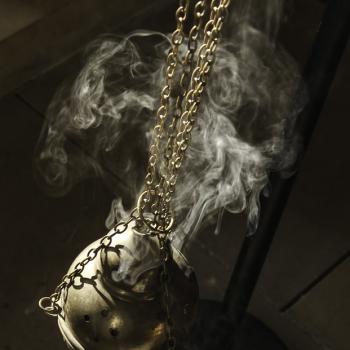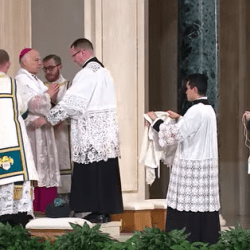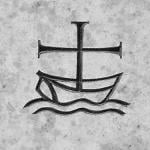The bishops up north are implementing changes in posture at certain points in the liturgy — and even giving very explicit instructions on how to receive communion, right down to which hand to use and how to open your mouth:
On Sunday, Nov. 27, Roman Catholic parishes across the United States and much of the English-speaking world officially began using the newest translation of the Roman Missal — the sacred text for the Mass. In Alaska, those linguistic modifications were coupled with several posture changes for the faithful and other instructions regarding the celebration of Mass.
Most noticeable is that parishioners are now asked to kneel or sit immediately following the Lamb of God prayer and again after receiving Holy Communion.
The changes are two of several guidelines instituted in the Anchorage Archdiocese by Archbishop Roger Schwietz. Similar changes are being implemented in the Dioceses of Fairbanks and Juneau.
A Nov. 17 document sent to pastors and parish leaders across the Anchorage Archdiocese details many of the instructions.
The decision to ask the faithful to kneel or sit after receiving Holy Communion reverses a 2005 instruction by Archbishop Schwietz in which he asked the faithful to stand after Communion.
At that time, the decision was met with mixed reception and some confusion. A number of parishioners preferred to kneel in prayer after Communion and many visitors to Alaska were confused about the standing posture, which is not the norm in most of the rest of the United States.
Archbishop Schwietz said the decision to return to kneeling after Communion is an effort to bring Alaska into greater conformity with how the liturgy is celebrated across most of the United States.
“The other problem is that we have so many visitors to Alaska, especially in the summer,” Archbishop Schwietz told the Catholic Anchor. “It is confusing for the visitors also. The three bishops from Alaska have been looking at the most common practices around the country to help reduce the confusion.”
…
For the reception of the Holy Eucharist, the guidelines explain that those receiving the consecrated host on the tongue should do so with “mouth open, tongue outstretched and head still: not with the lips.”
For those receiving Communion in the hand, the document states that the “dominant hand should be placed under the receiving hand with the palm open wide facing upwards.” It also states that after receiving the Eucharist, the communicant should “consume it immediately” to avoid the risk of “dropping the host.”
The document also explains the duties and preparations for deacons, lay liturgical ministers, lectors, altar servers, greeters and musicians during Mass.
In a section on the appropriate postures and actions while in the church building, the document states, “As the faithful enter or leave their pews, they should genuflect in the direction of the tabernacle (if the tabernacle is located in the sanctuary).”











